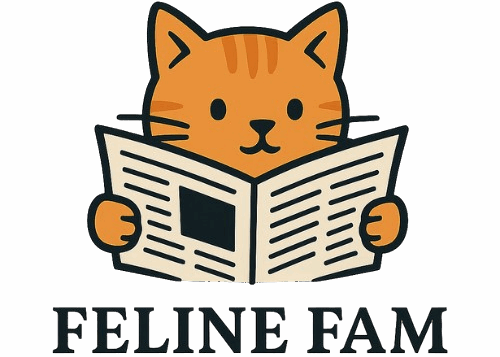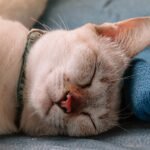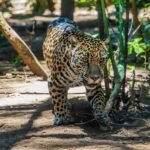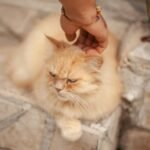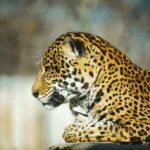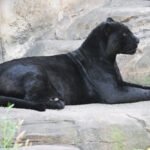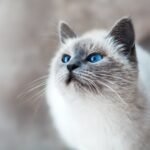Introduction to Cat Fur Patterns
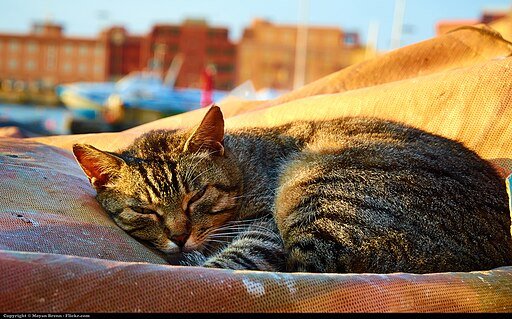
Felines are admired for their graceful movements, independent spirits, and most notably, their diverse appearances. Cat fur patterns, in particular, are a subject of fascination for many. These patterns range from tabby to solid colors, calico, and beyond. The genetics behind these eye-catching designs are intricate and provide insights into the wonders of natural evolution and inheritance in animals.
The Basics of Cat Genetics
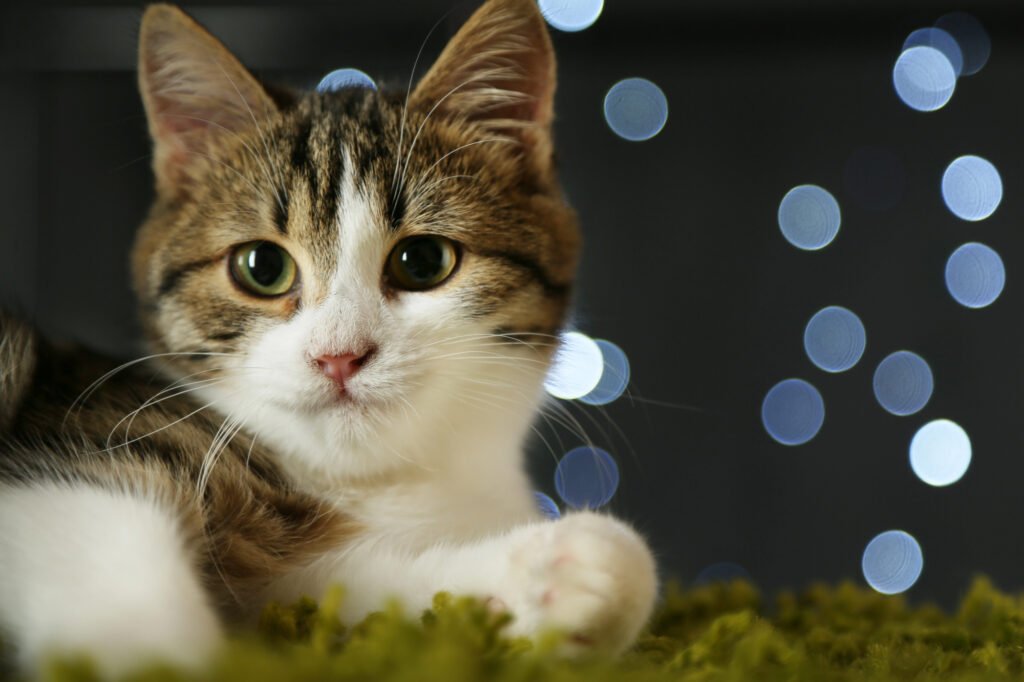
Understanding feline fur patterns begins with grasping cat genetics. Like all living organisms, cats have DNA, which carries genetic information in the form of genes. Each gene can have multiple variants, called alleles, which contribute to different traits, such as fur color and pattern. Cats inherit one set of genes from each parent, which together determine their physical appearance.
The Role of Melanin in Fur Coloration
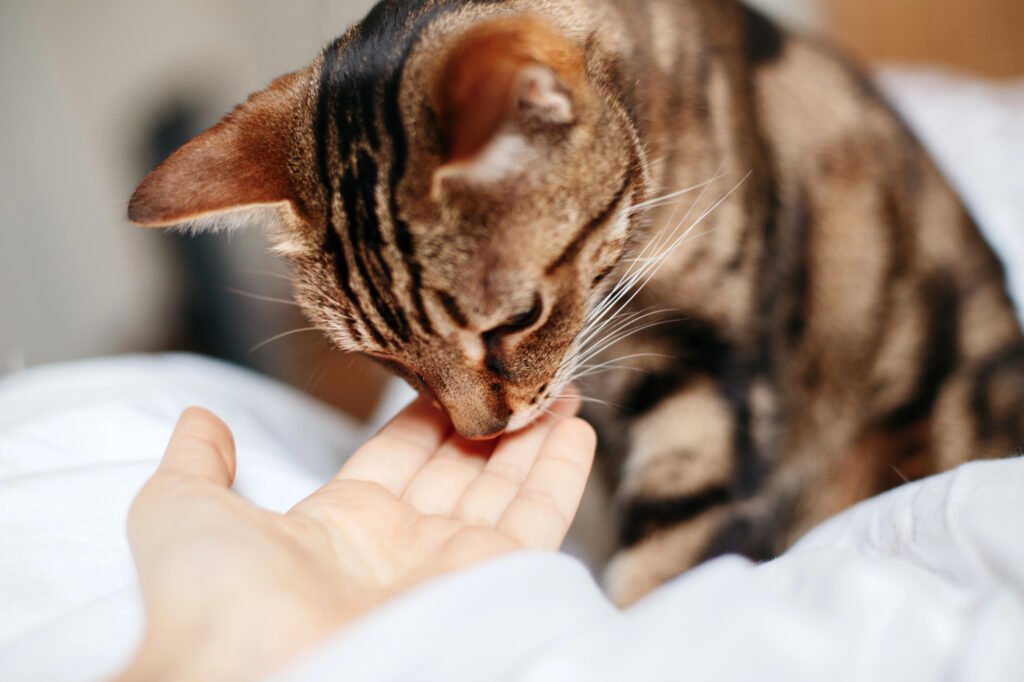
Melanin, a natural pigment found in most organisms, plays a critical role in determining a cat’s fur color. There are two types of melanin: eumelanin, which results in black or brown fur, and pheomelanin, which produces red or orange hues. The combination and concentration of these pigments yield the various colors we observe in cats.
Understanding the Tabby Pattern

The tabby pattern, one of the most common and iconic cat patterns, includes distinct stripes, whorls, or spots. This pattern is believed to have ancient roots, as it closely resembles the coat of wild ancestors. The agouti gene is primarily responsible for the tabby pattern, controlling the distribution of black pigment along the hair shaft.
Decoding the Calico and Tortoiseshell Patterns

Calico and tortoiseshell patterns are particularly captivating and are predominantly found in female cats. These patterns occur due to a phenomenon called X-chromosome inactivation, where varying genes are expressed in different cells. Calico cats display distinct patches of white, orange, and black fur, while tortoiseshells have a mottled blend of red and black hues.
The Genetics Behind Solid Coat Colors

Solid or uniform colored cats lack the patterned or contrasting fur seen in other cats. The presence of a dominant gene called the dominant black allele leads to a cat having a solid coat color. This gene masks the tabby pattern, resulting in cats that appear uniformly colored in shades like black, grey, or orange.
Understanding Pointed Patterns
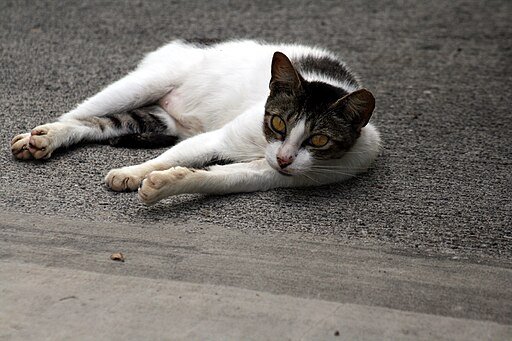
Pointed patterns, as seen in breeds like the Siamese, feature darker colors on the extremities—legs, ears, tail, and face. This pattern is a result of a temperature-sensitive enzyme that affects melanin production. Colder body parts produce more pigment, leading to darker fur, while warmer areas remain lighter.
The Mystique of Bicolor and Van Patterns
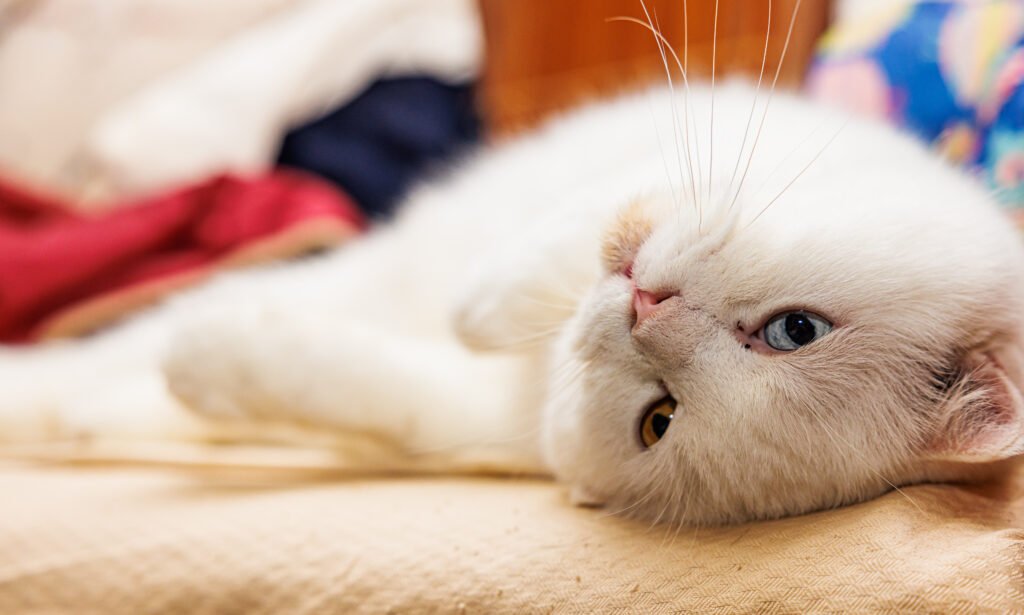
Bicolor cats exhibit a mix of white fur with another color, creating striking patterns. Factors influencing these patterns include the white spotting gene, which can vary in intensity. Van patterns, named after the Turkish Van breed, include mostly white fur with color confined to the head and tail.
The Impact of Mutations
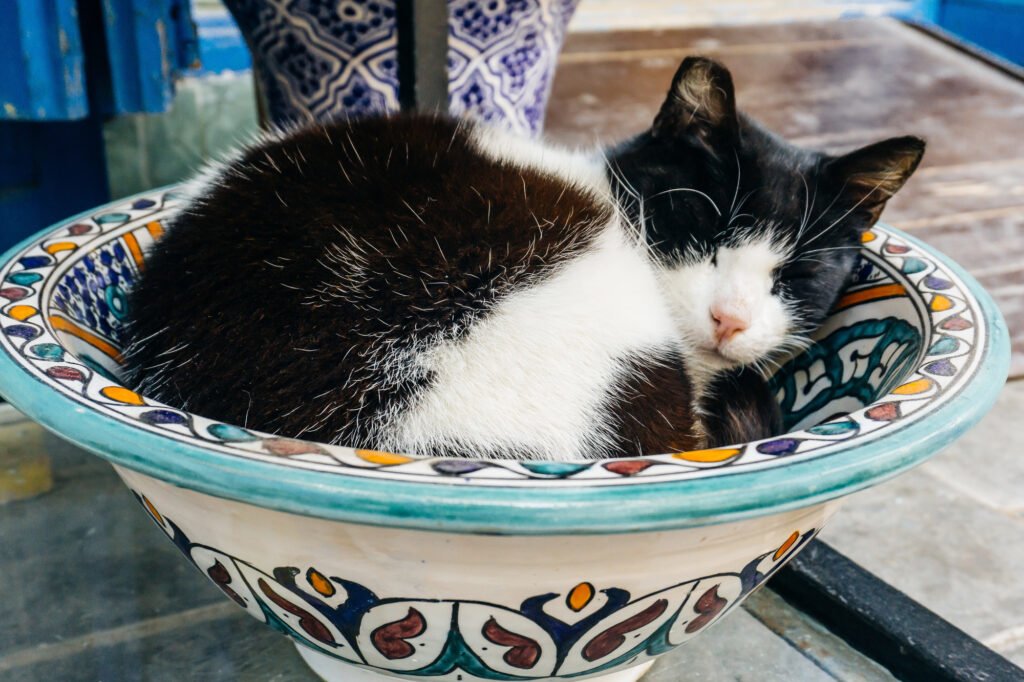
Genetic mutations can lead to unusual and rare fur patterns. Such mutations might be spontaneous or result from selective breeding. Although unusual, these genetic variations contribute to the diversity and richness of feline appearances, enhancing the allure and uniqueness of domestic cats.
Conclusion: The Future of Feline Genetics

The study of feline genetics offers a glimpse into the past and future of domestic cats. With advances in genetic technology, scientists and breeders can explore new patterns and traits, deepening our understanding of animal genetics. This knowledge not only sheds light on feline beauty but also informs conservation and breeding practices, ensuring the health and diversity of cat populations.

Suhail Ahmed is a passionate digital professional and nature enthusiast with over 8 years of experience in content strategy, SEO, web development, and digital operations. Alongside his freelance journey, Suhail actively contributes to nature and wildlife platforms like Feline Fam, where he channels his curiosity for the Feline into engaging, educational storytelling.
With a strong background in managing digital ecosystems — from ecommerce stores and WordPress websites to social media and automation — Suhail merges technical precision with creative insight. His content reflects a rare balance: SEO-friendly yet deeply human, data-informed yet emotionally resonant.
Driven by a love for discovery and storytelling, Suhail believes in using digital platforms to amplify causes that matter — especially those protecting Earth’s biodiversity and inspiring sustainable living. Whether he’s managing online projects or crafting wildlife content, his goal remains the same: to inform, inspire, and leave a positive digital footprint.
